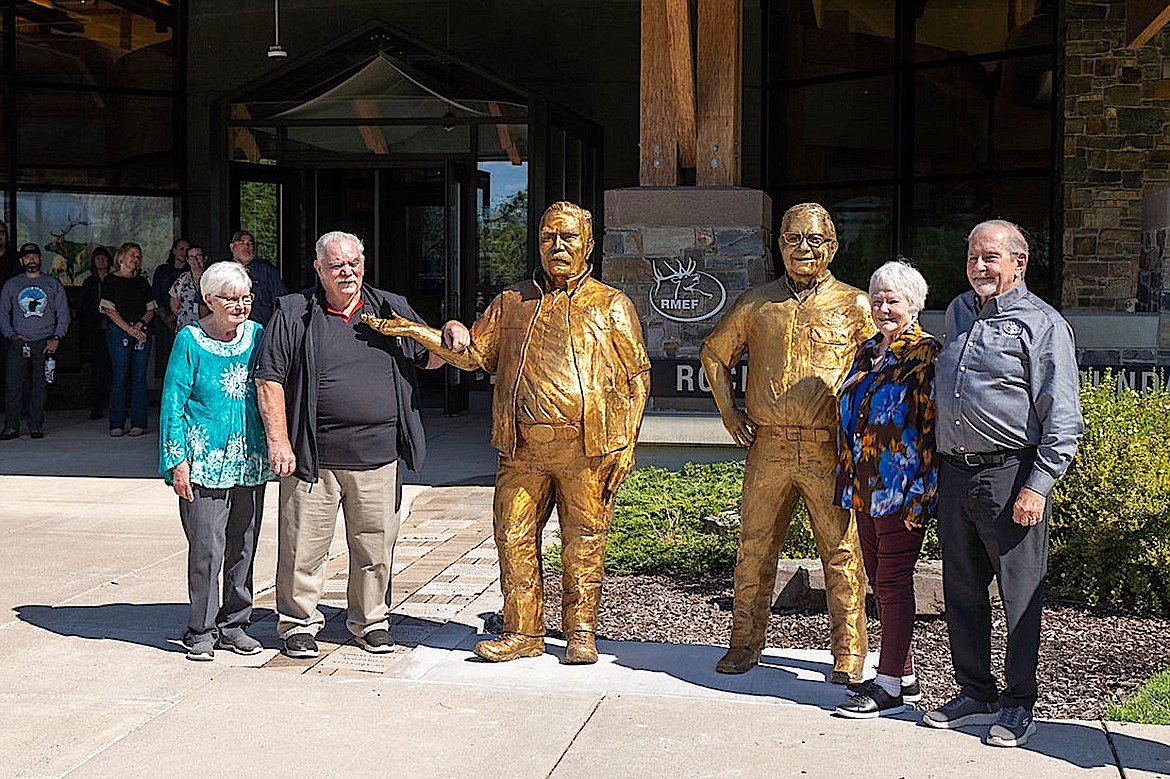40 years and counting: RMEF still going strong
After 40 years, Charlie Decker seems pretty sure the Rocky Mountain Elk Foundation is here to stay.
Decker, a Libby native, is one of the founding fathers of the hunter-based conservation group that was born in south Lincoln County in 1984. The group has worked to protect elk habitat and expand elk herds to areas where they were once extirpated.
“I think we’re here to stay,” Decker said in an interview with The Western News earlier this month.
Become a Subscriber!
You have read all of your free articles this month. Select a plan below to start your subscription today.
Already a subscriber? Login




